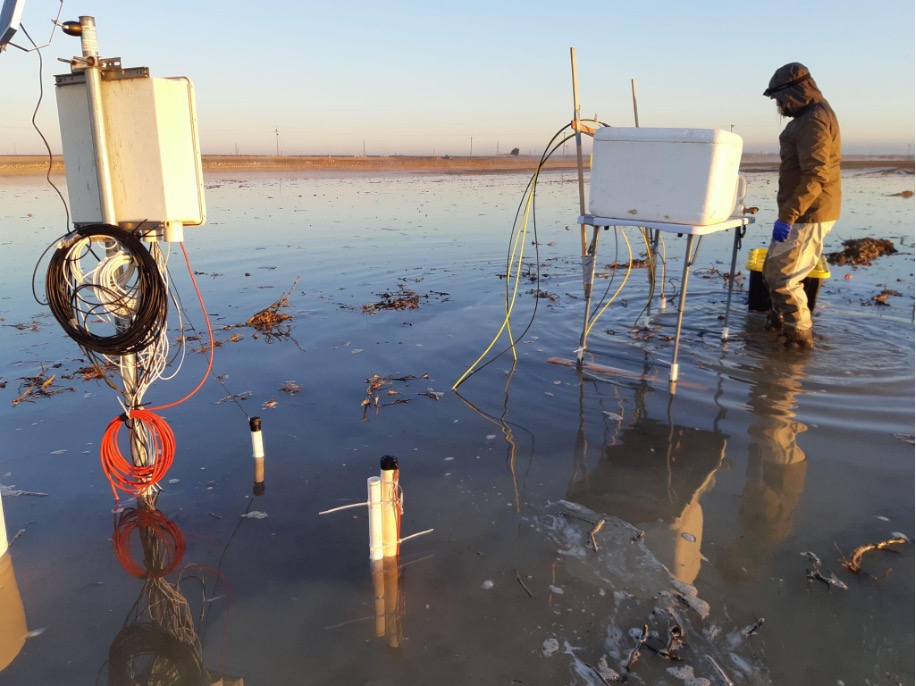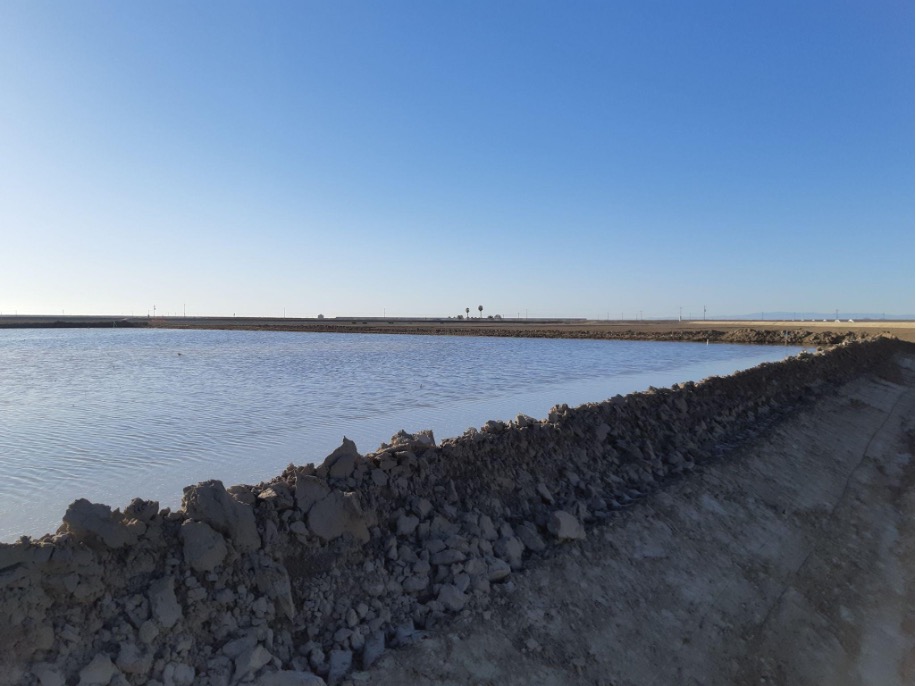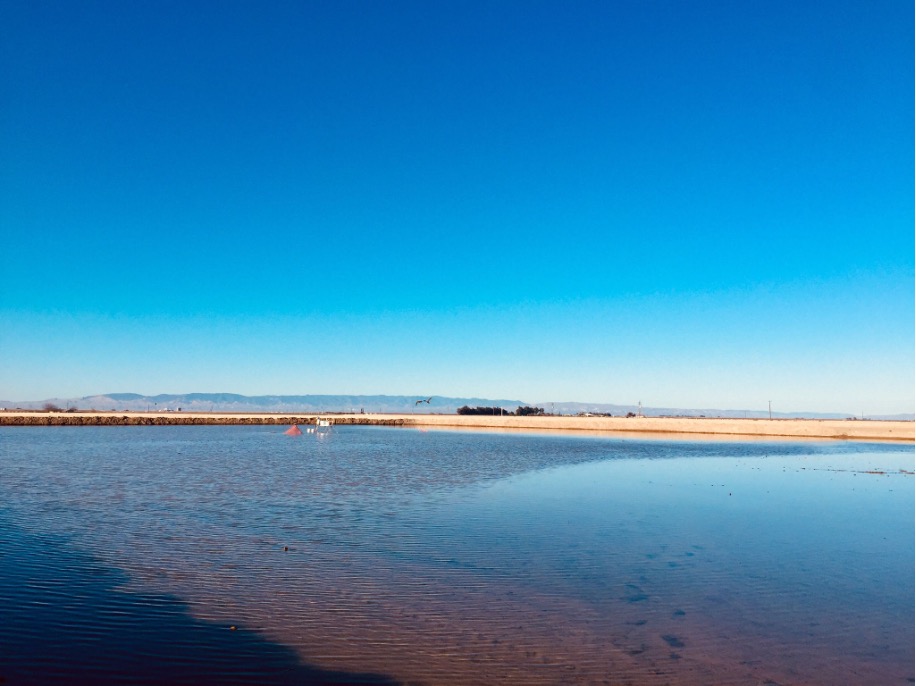| Full Description | In collaboration with the California Department of Pesticide Regulation this project is assessing pesticide residue leaching in response to agricultural groundwater recharge. To evaluate the risk of pesticide residue leaching we conducted 1) a towed Transient ElectroMagnetic (towTEM) geophysical survey to characterize sediment types in the deep vadose zone underlying the recharge site; 2) we flooded an 8 acre section of a fallow field for 8 days and monitored pesticide residue concentrations in soil cores, groundwater, and soil pore water before, during, and after the recharge experiment; 3) we performed a potassium bromide tracer test during the recharge experiment to measure solute travel time and breakthrough in nearby monitoring wells; and 4) we are in the process of developing a pesticide fate and transport model for the soil root and deep vadose zones underlying the recharge site using data collected from the study. The experiment was conducted at Terranova Ranch near Helm, CA. The soil at the site is characterized by sandy loams and loamy sands with a cemented duripan at around 1 m depth in some areas (Bachand et al., 2014). The experimental site was flooded in February 2021 using pumped groundwater. In total 38,774 m3 recharge water was applied at a flow rate of ~885 gallon/min; the total infiltration was 1.2 m. Sensors were installed at 0.2, 0.6, 1, 1.75 and 2.5 m at three locations within the flooded area and two locations in the non-flooded (i.e., control). At each sensor profile soil moisture, EC, temperature, gaseous O2, and redox potential were measured and pore water samples were taken from suction cups. CO2 and N2O emissions, ponding levels, pore water, and sediments were sampled too.
In the flooded area, sensor data showed a fast increase to near-saturated conditions within about one day. During the recharge, the shallow vadose zone at the three profiles remained in oxic conditions, except at the shallowest depths of 0.2 and 0.6 m. Pore water results showed that legacy nitrate concentrations were above MCL before flooding, reaching up to 600 mg/L in profile #3 at 0.2 m. During flooding, a large fraction of the initial soil nitrate was leached below 2.5 m, but nitrate was not fully flushed from the first 2.5 m of the vadose zone since nitrate concentrations during- and post- flooding were still above zero in most locations in Terranova. Ammonium concentrations were generally very low and showed no significant changes pre- and post-flooding. Prior, during and after flooding detectable concentrations of several pesticide residues could be measured in soil and pore water samples including imidacloprid, Metolachlor, thiamethoxam, methoxyfenozide and azoxystrobin. Some of these residues showed a clear leaching trend over the course of the experiment, indicating mobilization and dilution. Analysis of the field-collected pesticide residue data is still ongoing.
|
|---|
| Image 2 Photo Credit | Sensor profile at Terranova Ranch consisting of soil moisture, EC, temperature, gaseous O2, ponding levels, and redox potential sensors installed at various depths, suction cups for sampling pore water, and flux chambers to measure CO2 and N2O emissions. |
|---|





